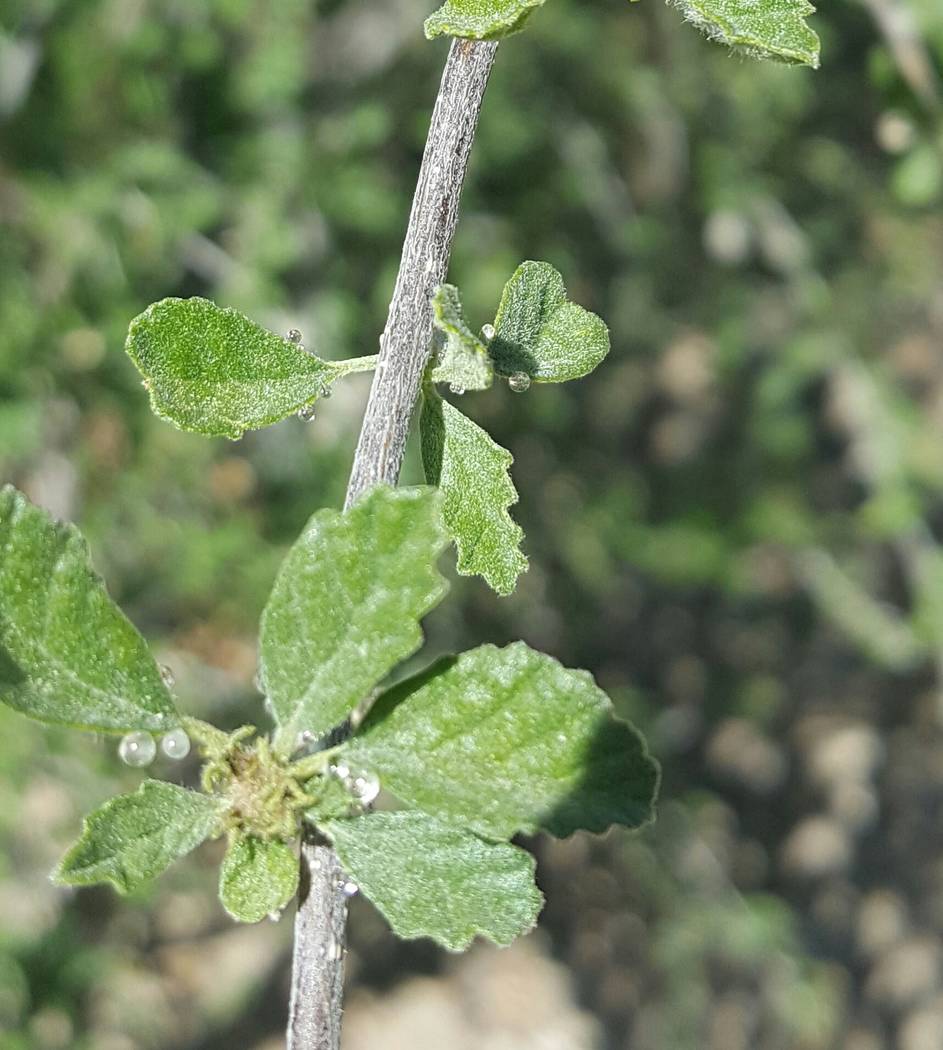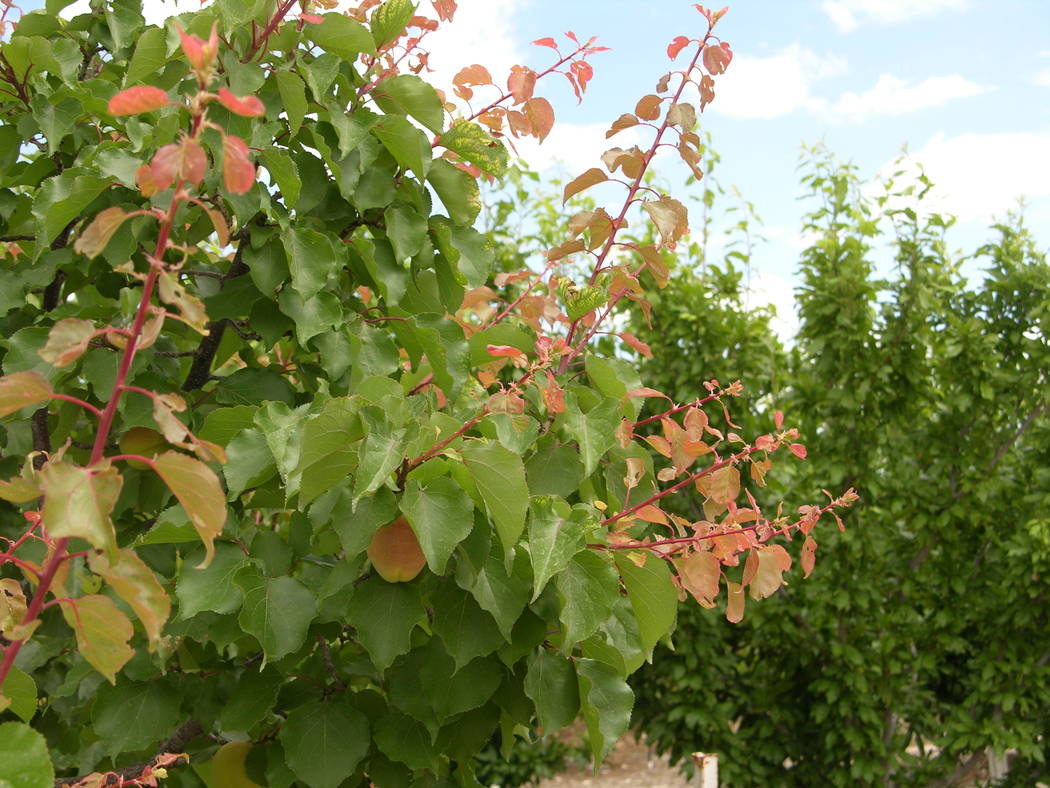Growing rhubarb in our heat can be difficult
Q: I would like to grow my own rhubarb. Could you tell me where I can find the plant or the bulb, and when would be a good season to start?
A: Rhubarb can be grown in our climate but it is commonly grown in more northerly states including the Midwest, upper Midwest, Pacific Northwest and New England. It is less commonly found in warmer climates. So, it can be tricky to grow here.
It is technically classified as a herbaceous perennial, which means its large leaves and fleshy petioles come from underground rhizomes, much like iris, artichokes and asparagus. All the top growth freezes back to the ground with the first hard frost. If it doesn’t freeze back in our climate, cut it to the ground in late winter.
Seeds are available, but start it from a good-sized rhizome instead. They are a bit pricey. Order them online from a reliable seed company.
Rhubarb will struggle in our heat. There are complaints from people that it doesn’t taste the same when grown in warm climates. Grow it on the north or east side of a building and keep it out of late, hot afternoon sunlight. It needs plenty of sunlight in the morning but not the afternoon.
Amend the soil with quality compost at the time of planting. Mix compost with your existing landscape soil at a rate of 1:1 by volume or use a bagged, commercial soil planting mix amended with compost.
Never cover the soil with rock mulch or plastic but use 2 to 3 inches of wood chips instead. Fertilize it with compost or a lawn fertilizer in late December to mid-January. It comes out of the ground early.
The leaves are toxic so cut off the leaves and compost them. The leaf stems or petioles are what people eat provided it’s cooked with a lot of sugar.
Q: Do brown branches denote deadness on a tree in the spring or can they be brought back somehow?
A: Brown does not always mean a branch is dead. Some tree branches are more brittle than others. For instance, fig, persimmon and pomegranate branches can be quite brittle compared to apple and peach.
The usual method I use to see if a branch is dead is to bend it. Many branches of trees might look brown and dead but are quite supple when bent. Supple and bending denotes it’s still alive.
Other trees have branches which are alive but can snap easily when bent. In cases like this, I scrape the bark with my thumbnail or a knife to see if the wood is green under its brownness.
Remember, some plants are slow to leaf out in the spring. Wait for new growth and prune out whatever might be dead. I sometimes get confused as well when pruning in winter or early spring.
Q: Is MiracleGro all it’s made to be? I haven’t seen any results yet after I sprayed it on my plants.
A: If your plants are in great shape to begin with, you won’t see any results from MiracleGro fertilizer, or any other product for that matter, applied to the leaves. Applying a liquid fertilizer to the leaves gets fertilizer inside the plant faster so results, if there are any, will be seen sooner than applying a fertilizer to the soil. That’s the primary reason for using it.
I have used several types of powdered fertilizers mixed with water and applied to the leaves because I’m curious about them. These include MiracleGro, Peters and Grow More. Honestly, I have never seen much difference in any of them. If I were to lean toward a product in that group it would probably be Grow More because it’s the least expensive.
There are steps I would recommend when using any of these products to get the best results. Use distilled water. The effectiveness of liquid fertilizers has a lot to do with the quality of the water used. Our tap water is alkaline and can cause problems with foliar fertilizers.
Add a spray surfactant to the spray mix before applying it. Spray surfactant is a fancy term telling you to add something to the mix to help the fertilizer get inside the leaf. The leaf is covered with waxes, and using a spray surfactant helps the fertilizer get inside.
You can buy commercial spray surfactants called “wetting agents” or use a high-quality soap such as a liquid Castile type. Use about 1 tablespoon in a gallon of spray mix.
Spray this mixture on the leaves, both front and back, only until the surface of the leaf is moist. No more than this.
Use it all up. Don’t store this spray solution. Make a new batch for the next time you spray.
Q: I have never had a problem with pests on my little-leaf Cordia plant before. I found small, round liquid balls on the edge of the leaf. What am I dealing with here?
A: Great pictures and they help a lot. It’s nothing to worry about, but it’s very interesting so I want to talk about it.
I am taking an educated guess that this is water released from small openings on the leaf edges called hydathodes. The release of excess water from inside the plant is called guttation. Guttation is normal and it happens under certain conditions.
Basically, small plants can push a lot of water inside them through a mechanism called root pressure. Root pressure takes water from the surrounding soil, if there’s plenty of it, and pushes it inside the plant.
Sometimes the water pressure inside the plant can be so great that it needs to release some of this excess water. Many plants have specialized openings on leaf edges called hydathodes, and this is where the water comes out. Technically, the process of taking excess water inside the plant and releasing it through hydathodes is called guttation.
It can happen on grasses a lot. Golf course superintendents are concerned about this phenomenon because the water coming from the plant is full of sugars. It can be a rich breeding ground for grass diseases. If this water rich with sugars stays on the leaf surface for several hours, disease problems can be a reality.
Superintendents, years ago, used bamboo poles to “whip the greens” and remove this excess water from the leaf blades. It was thought by doing this the water was removed from the leaves and disease problems were reduced as well. Most now use a quick pulse of irrigation water instead.
So, what does this have to do with you and your little-leaf Cordia? If this is guttational water, the plant is telling you not to water so often. The soil is full of water. Make sure you give it a rest period without water before the next irrigation. Other than that, nothing to worry about.
Q: We planted a bare root tree Blenheim apricot earlier this year, and it’s put out these pink leaves in the spring. Is that a sign that it will flower or fruit or that we are watering too much?
A: No, that’s a typical color of new growth for some apricots. It doesn’t indicate anything except new, juvenile growth.
Fertilize it once a year in January. Compost is best. If you use woodchip mulch on the soil surface beneath the tree, you can get by with using mineral fertilizers. Otherwise, use compost as a combination fertilizer and for soil improvement.
Make sure the tree is getting enough water. A lot of new growth in the spring is a good indicator that it is. A new tree like that should get at least five gallons of water every time you irrigate it. Slowly work your way up to 30 gallons by the time it’s is 5 to 6 years old. Blenheim is a good apricot in our climate, and I’m sure you will enjoy it if you like apricots.
Bob Morris is a horticulture expert and professor emeritus at the University of Nevada, Las Vegas. Visit his blog at xtremehorticulture.blogspot.com. Send questions to Extremehort@aol.com.



















